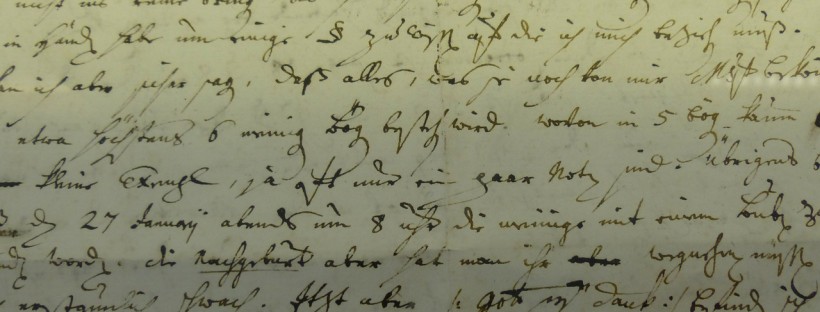Last week, we talked a little bit about the history of the sonnet form in general, and the Italian sonnet in particular. We’ve still got one more week to go before we analyze English – read: Shakespearean – sonnet, though. This week, it’s all about the Spenserian sonnet.
The History of the Spenserian Sonnet
The Spenserian sonnet is named after Edmund Spenser, a contemporary of William Shakespeare. Spenser is most famous for his epic poetic fragment, The Faerie Queene. While the verses of The Faerie Queene were not written as sonnets, their unique style of fixed verse is now known as the Spenserian Stanza.
Because Spenser – along with fellow poet Sir Philip Sidney – set out to establish an English literary legacy that would go beyond Geoffrey Chaucer, it comes as no surprise that he created and worked within his own poetic forms. He modeled this approach after classic poets, such as Aeschylus, Hesiod, Homer, and Sophocles. For Spenser, personal distinguishment was just as important as national literary pride.
Parts of a Spenserian Sonnet
Unlike the Italian sonnet, which consists of an octave and a sestet, the Spenserian sonnet has five parts: three quatrains and a couplet. Each quatrain alternates two rhymes and begins with the rhyme used in the last line of the preceding quatrain. Thus, the rhyme scheme is: ABAB BCBC CDCD. The ending couplet is, of course, EE.
Because its form differs from the Italian’s, the Spenserian sonnet’s argument is different as well. Instead of the problem/solution format, the Spenserian sonnet introduces three ideas in its quatrains, all centered around a common theme: generally, love. The couplet acts as a commentary on these ideas, placing the volta at the thirteenth line instead of the ninth.
An Example of a Spenserian Sonnet
The following is Edmund Spenser’s “Amoretti LXXV: One Day I Wrote Her Name.” Notice how the ideas shift with each quatrain and how the couplet – though connected to the second part of the dialogue – comments on the events of the poem.
One day I wrote her name upon the strand,
But came the waves and washed it away:
Again I wrote it with a second hand,
But came the tide, and made my pains his prey.
“Vain man,” said she, “that dost in vain assay,
A mortal thing so to immortalize;
For I myself shall like to this decay,
And eke my name be wiped out likewise.”
“Not so,” (quod I) “let baser things devise
To die in dust, but you shall live by fame:
My verse your vertues rare shall eternize,
And in the heavens write your glorious name:
Where whenas death shall all the world subdue,
Our love shall live, and later life renew.”
